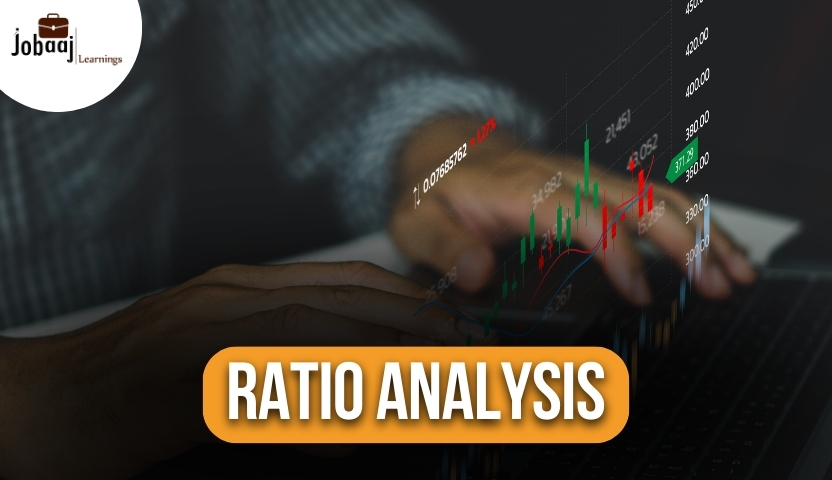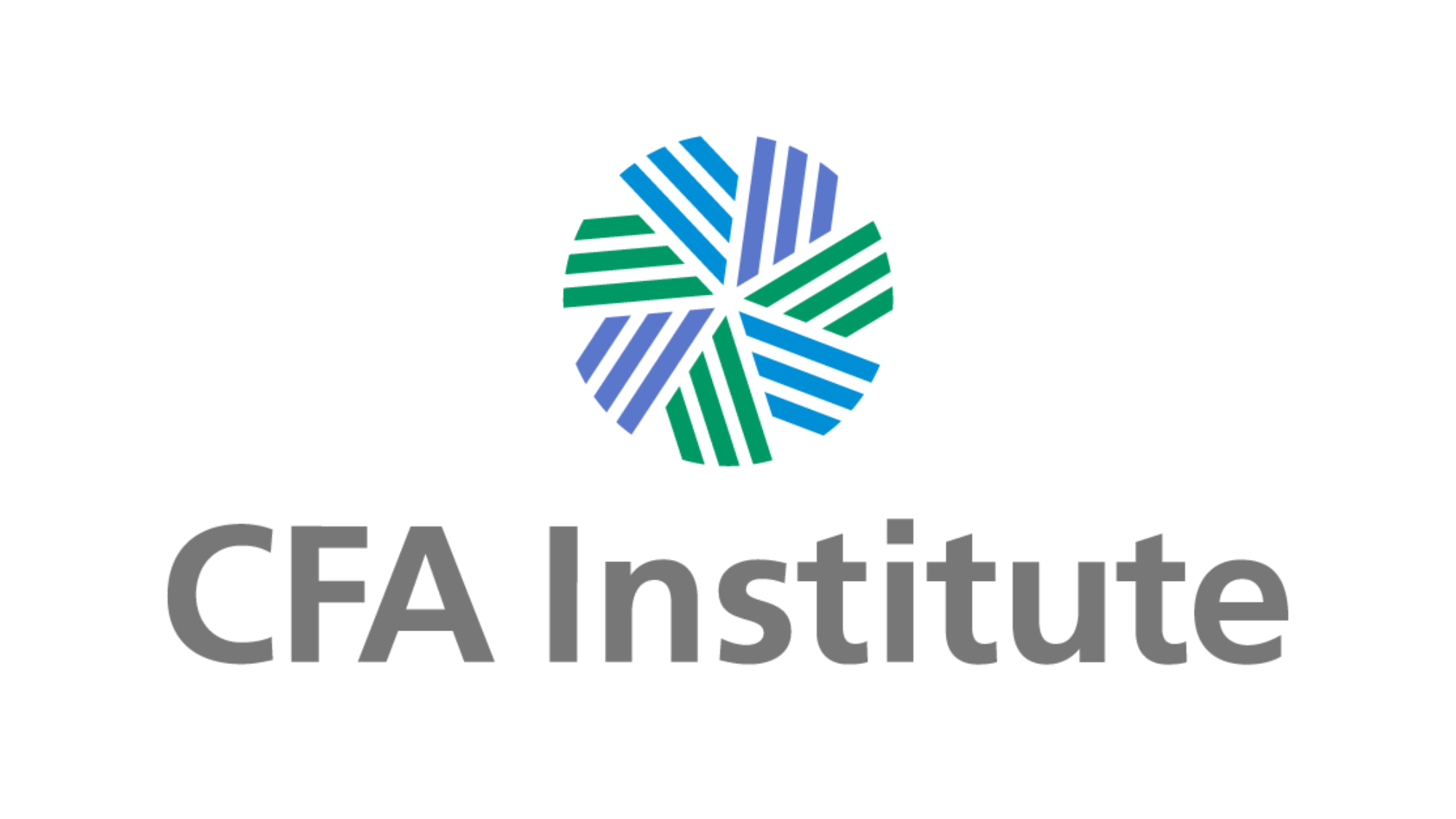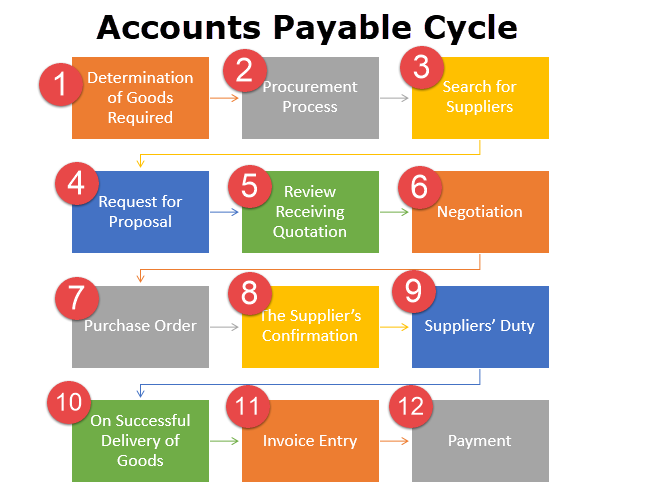Finance is the study and discipline of money, currency and capital assets. It is related with, but not synonymous with economics, the study of production, distribution, and consumption of money, assets, goods and services. Finance activities take place in financial systems at various scopes, thus the field can be roughly divided into personal, corporate, and public finance.[a] In a financial system, assets are bought, sold, or traded as financial instruments, such as currencies, loans, bonds, shares, stocks, options, futures, etc. Assets can also be banked, invested, and insured to maximize value and minimize loss. In practice, risks are always present in any financial action and entities.
A broad range of subfields within finance exist due to its wide scope. Asset, money, risk and investment management aim to maximize value and minimize volatility. Financial analysis is viability, stability, and profitability assessment of an action or entity. In some cases, theories in finance can be tested using the scientific method, covered by experimental finance. Some fields are multidisciplinary, such as mathematical finance, financial law, financial economics, financial engineering and financial technology. These fields are the foundation of business and accounting.
As above, the financial system consists of the flows of capital that take place between individuals and households (personal finance), governments (public finance), and businesses (corporate finance). "Finance" thus studies the process of channeling money from savers and investors to entities that need it. Savers and investors have money available which could earn interest or dividends if put to productive use. Individuals, companies and governments must obtain money from some external source, such as loans or credit, when they lack sufficient funds to operate.
Technical Questions
1. Describe the accounting platforms that you have worked on. Which one do you prefer the most?
Note: Tap into your past work experience to answer this question and illustrate with examples why you prefer one accounting software over others.
For example,
I have used QuickBooks, which I like for its simplicity, speed, and accuracy. Nevertheless, NetSuite and Zoho are my areas of expertise. Those programs have helped me create balance sheets and financial statements.
But out of all of them, I still prefer Tally ERP9, because:
1. it is user-friendly.
2. It can multitask.
2. How can the working capital flow of the company be improved?
Here are some ways through which you could improve the working capital flow of the company:
- Earning additional profits
- Issuing common stock or preferred stock for cash
- Borrowing money on a long-term basis
- Replacing short-term debt with long-term debt
- Selling long-term assets for cash
Note: You might get brownie points if you explain the above points by taking the example of a real company to emphasize your points.

3. Since you have knowledge of MS- Excel, How well versed are you with VBA, Macros & Automations?
By creating automated processes using VBA macros in Excel, users can create custom user-generated functions and speed up manual tasks. VBA can also access the Windows API (Application Programming Interface). In addition to creating customized toolbars, menus, dialog boxes, and forms, it can also change and customize the user interface.
Note: If possible, give an example of a problem that you worked on and which you solved using VBA Macros.
4. What is TDS? Explain Section 194R & 194S?
The purpose of TDS is to collect taxes from the very source of income. Using this concept, a person (deductor) who makes payments of specified nature to another person (deductee) deducts tax at the source and remits it to the government.
Section 194R
The Finance Act, 2022, introduced Section 194R, which pertains to the deduction of tax on benefits or perquisites in respect of businesses or professions.
The purpose of introducing the new Section 194R is to plug the possibility of tax revenue leakages (tax evasions) in businesses or professions
Section 194S
With effect from 1st July 2022, the Finance Act, 2022 added a new section 194S. According to the new section, a person paying any sum to a resident as consideration for the transfer of a virtual digital asset (VDA) must deduct an amount equal to 1% of such sum as income tax. Tax deductions must be made at the time of crediting the sum to the resident's account or at the time of payment, whichever occurs first.
5. What do you understand by Window dressing?
The term 'window dressing' refers to manipulating accounts to make them appear better than they are. There may be an overstatement of assets and an understatement of liabilities, for example.
6. Are you familiar with Indian Accounting Standards? How many Indian accounting standards are applicable to companies in India?
Based on section 133 of the Companies Act 2013, the Indian Accounting Standards (Ind AS) have been formulated in accordance with the Indian economic and legal environment and with the aim of ensuring convergence with IFRS Standards, which are issued by the IFRS Foundation and hold the copyright. As of date, MCA has notified 40 Ind AS that are applicable to companies in India (Ind AS 11 is omitted).
7. How is PP&E in Ind AS-16 Property Plant and Equipment accounted for? How is depreciation allocated?
For accounting, PPE, Include the asset's purchase price and any associated taxes, as well as the construction expenses, if any, import tariffs, freight and handling, site preparation, and installation charges, in the cost of an item when recording it in PP&E.
Depreciation is a consistently-applied charge that is intended to reflect the use of an asset over time. As per Ind As 16 depreciation amount of an asset shall be allocated on a systematic basis over its useful life.
8. What is the main difference between accumulated depreciation and depreciation expense?
The main difference between the two is that depreciation expense represents the amount depreciated for one period (e.g., the quarter). On the other hand, accumulated depreciation is the total amount a company has depreciated its assets.
9. What do you mean by Fair value accounting? How is it different from Historical accounting?
The practice of fair value accounting involves measuring assets and liabilities at their current market value. In accounting terms, fair value refers to the amount for which an asset can be sold or a liability settled for a price that is fair to both parties.
On the other hand, historical cost accounting reports assets and liabilities at the initial price at which they were exchanged.
10. Could you tell me which statement I would use if I wanted to review a company's overall health?
In this case, your best bet would be the cash flow statement. The overall health of the company can be evaluated by determining how much cash the company is generating.
11. What’s the difference between deferred revenue and accounts receivable?
Deferred revenue is the cash received from customers for services or goods that have not been delivered yet, while accounts receivables are yet-to-be received cash from products or services that have already been sold/delivered to customers.
12. Under what circumstances does goodwill increase?
By paying more than the fair value of the tangible and intangible assets of another company, goodwill can be increased.
The company's excess business income will indicate that it is earning additional income due to its goodwill. The overall value further increases when expectations for economic growth are added to the equation. A company is expected to attract new customers and create more products, resulting in combined wealth.
13. List some of the disadvantages of the double-entry system.
Here are some of the major disadvantages of the double-entry system:
- It is difficult to find the errors, especially when the transactions are recorded in the books
- Whenever an error occurs, extensive clerical labor is required
- When a transaction is not properly recorded in a journal, you can't disclose all the information of that transaction
14. What do you understand by Deferred Tax Asset and Deferred Tax Liability?
Deferred tax assets reduce a company's future taxable income by reducing its current taxable income. The asset can be found when a business overpays its taxes. Eventually, this money will be returned to the business as tax relief.
On the other hand, deferred tax liability records taxes owing but not due until a future date on a company's balance sheet. The liability is deferred due to the difference in timing between when the tax was accrued and when it is due.
15. Explain the Revenue Recognition and Matching principles.
Revenue Recognition Principle – According to this principle, revenue should be recognized when it is earned and realized, regardless of when it is paid.
Matching Principle – This principle dictates the company to report an expense on its income statement at the time the related revenues are earned. It is associated with the accrual basis of accounting.
Accounting MCQ
1. Which statement is not an advantage of robotic process automation (RPA)?
2. What effect does a contra asset account have on a balance sheet?
3. Internal controls may be preventative, detective, corrective, or directive. Which is a detective control?
4. On March 15, a business receives an invoice from the power company for utilities used in February. The retailer pays the invoice on April 1. The business uses accrual-based accounting. Which month should the business recognize the expense?
5. Which choice is a general guideline for adequate separation of duties to prevent both fraud and error?
6. What does the cost of a unit of product under absorption costing method consist of?
7. Which answer best describes accruals and deferrals?
8. What do you call a situation where more than one person collaborates to circumvent existing internal controls?
9. Which is not an example of an internal control activity?
10. . Which budgeting approach request justification of all expenditures?
11. What does the discontinued operations section of the income statement refer to?
12. How are the three financial statements (income statement, balance sheet, and cash flow statement) linked?
13. Which is not one of the four perspectives of the balanced scorecard?
14. What would be deducted from the balance per books when doing a bank reconciliation?
15. What situation could be the results of the three retails store employees sharing the same cash register?
16. A firm has $1,000 in debt and $3,000 in assets. What is the firm's debt-to-equity ratio?
17. An external auditor is required to be independent when performing
18. Proper segregation of functional responsibilities calls for separation of
19. What does the degree of operating leverage represent?
20. Which characteristic would concern an auditor about the risk of material misstatements arising from fraudulent financial reporting?
21. An employee who makes a sale, ships the goods, and bills the customer violates which control activity?
22. What trait distinguishes auditors from accountants?
23. What is the purpose of an operational audit?
24. Which statement is false?
25. Which choice is not a component of internal control?
26. What is the difference between the cost of an asset and the accumulated depreciation for that asset?
27. A company budgeted 1,200 washers, but only 1,000 are produced. It costs $10 to produce a widget. What is the materials variance?
28. Who does an audit committee report to?
29. A business purchased office equipment by issuing a one-year note payable. The entire amount of the note is due at the end of one year. How do you record this transaction?
30. Which section of a financial annual report describes the corporation's accounting methods?
31. What does "independence" mean in auditing?
32. What would cause a bank to increase a depositor's account?
33. Which statement about current liabilities is true?
34. How do variable costs and fixed costs act within the relevant range?
35. Which answer can be defined as an investment center's contribution margin less the fixed costs that are traceable to the investment center?
36. If an auditor is expected to detect the overstatement of sales, what should the auditor trace transactions from?
37. When independent auditors are able to maintain their actual independence, it is referred to as independence in ____.
38. When applying a cost-volume-profit analysis (CVP), certain assumptions must be respected. Which answer is not one of these assumptions?
39. Which statement about a perpetual inventory system is true?
40. Which type of business would be most likely to use a job order costing system?
41. Assigning indirect costs to specific jobs is completed by _.
42. Which is an assurance engagement?
43. What is conversion cost the sum of?
44. Under a perpetual inventory system, merchandise is purchased on account. What is the correct journal entry for this purchase?
45. Which is not a task usually associated with activity-based costing (ABC)?
46. What is true when the units in ending inventory increase during the year?
47. When independent auditors are able to maintain their actual independence, itis referred to as independence in__.
48. What is the formal method of analysis applied by management to identify appropriate cost drivers and effects on the costs of production?
49. When do you expect to apply job costing over process costing?
50. Robinson Hotels is trying to predict its utility costs. It has five years of data, including monthly utility cost, monthly occupancy rates, and average monthly temperature. What tool or technique can Robinson Hotels use to predict or estimate its future utility costs?
51. What type of cost changes in proportion to a company's production volume?
52. What do you call the benefit sacrificed when one option is chosen over another?
53. Permanent accounts are on what financial statement?
54. The cost of alternative X is $25,000 and the cost of alternative Y is $20,000. What do you call the $5,000 cost difference?
55. Which cost items would be classified as an internal failure cost on a quality costs report?
56. What type of audit evidence would most likely be used to verify the existence of fixed assets?
57. What cost is easily traceable to a cost object?
58. Which value chain element is associated with the cost of staffing a customer support phone line?
59. Which is the appropriate term for an incurred cost that cannot be changed by any decision?
















.jpg)



.jpg)


